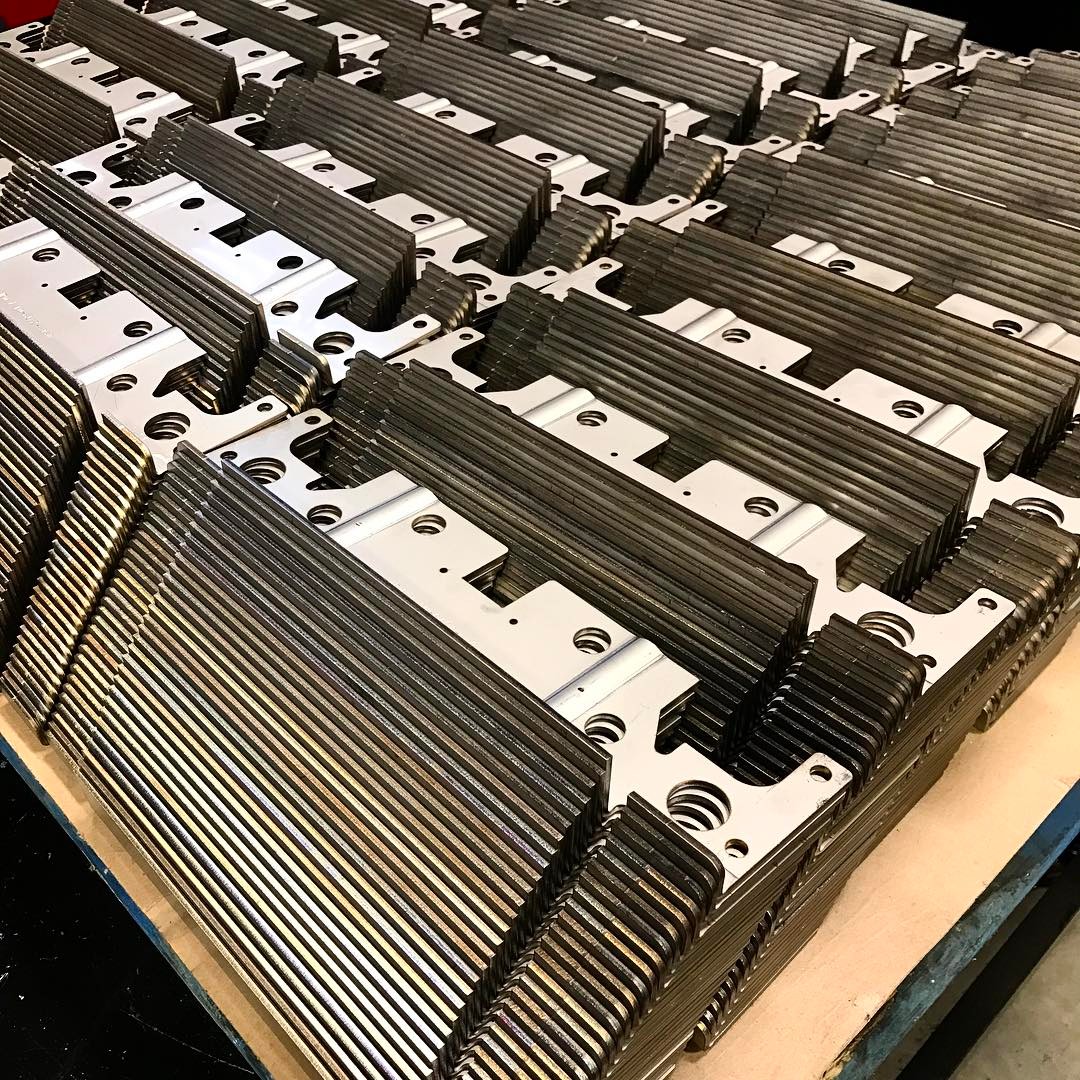sheet metal fabrication refers to the process of manufacturing custom metal parts, assemblies, or structures using thin metal sheets. this involves a series of steps that include cutting, bending, forming, and assembling the metal sheets into the desired shapes and components. sheet metal fabrication is used across various industries, including automotive, construction, electronics, and aerospace, to create robust and precise metal frameworks, enclosures, ducts, and other structural elements.
the process typically begins with a design phase where technical drawings are made based on engineering specifications. these designs are then transformed into real-world applications using different fabrication techniques:
cutting: the metal sheets are cut into required sizes and shapes. this can be done using various methods such as laser cutting, plasma cutting, or traditional sawing.
forming and bending: after cutting, the flat pieces are formed or bent into specific angles and curves to give them their final shape. this can involve processes like press brake bending, roll forming, or hydroforming.
punching and notching: holes, slots, or other openings are created in the metal sheets where necessary for assembly, mounting, or functional purposes.
welding and assembly: the individual parts are joined together using welding or mechanical fasteners to make the final product.
finishing: surfaces are treated through processes like sandblasting, painting, or powder coating to enhance appearance and provide protection from corrosion and wear.
sheet metal fabrication requires precision and expertise, as the quality of the finished product must meet stringent industrial standards and performance requirements. advancements in technology, particularly in automation and computer-aided design (cad) and manufacturing (cam), have significantly improved the efficiency and accuracy of sheet metal fabrication processes.

